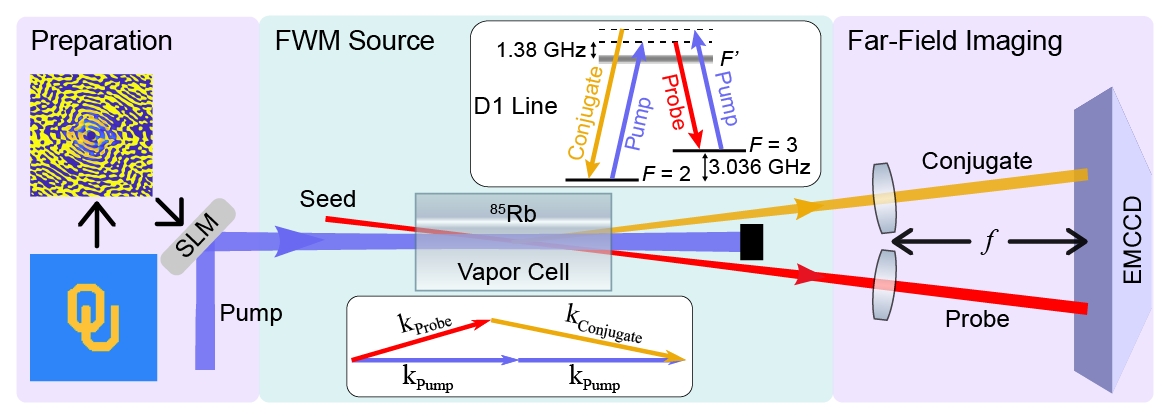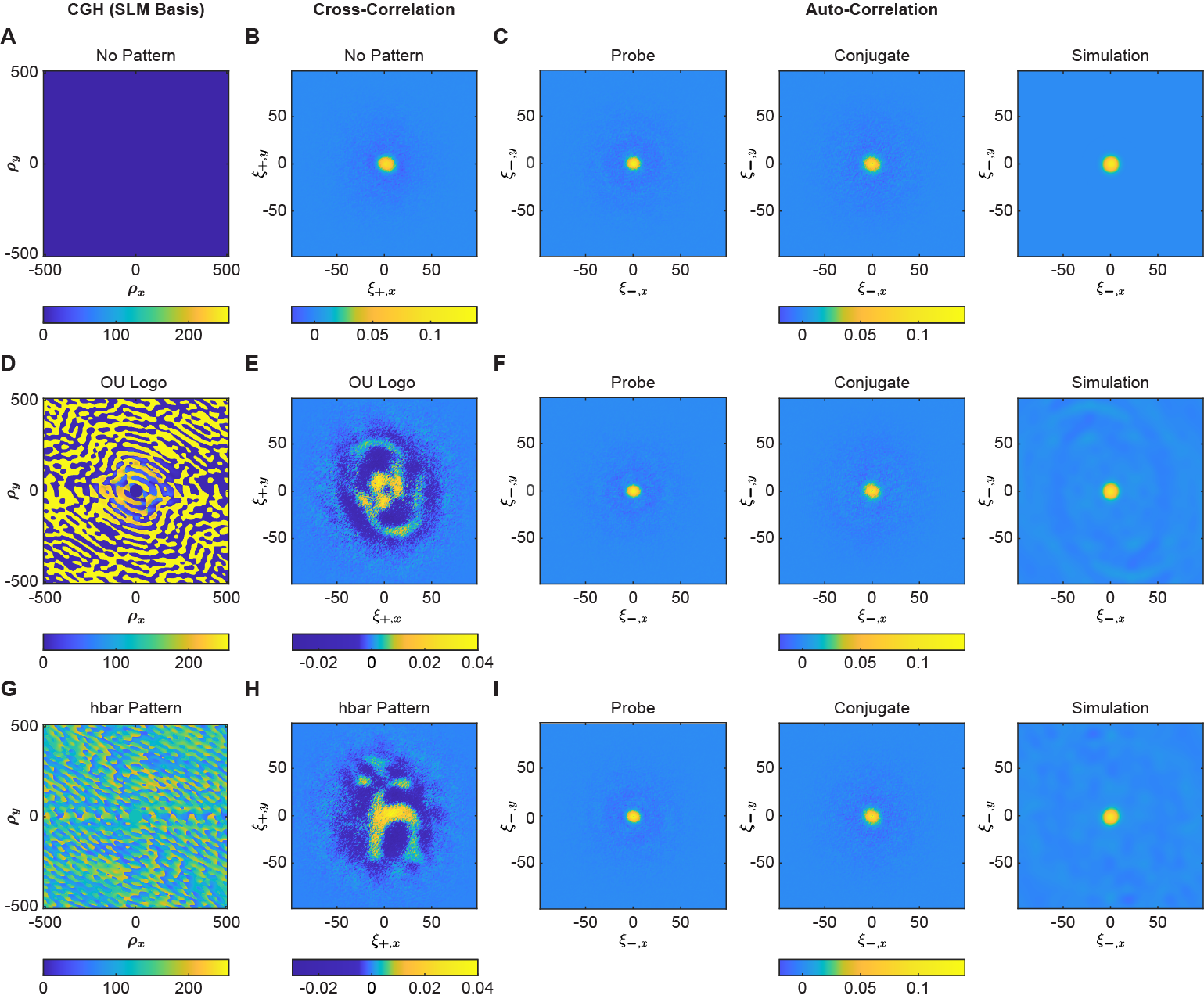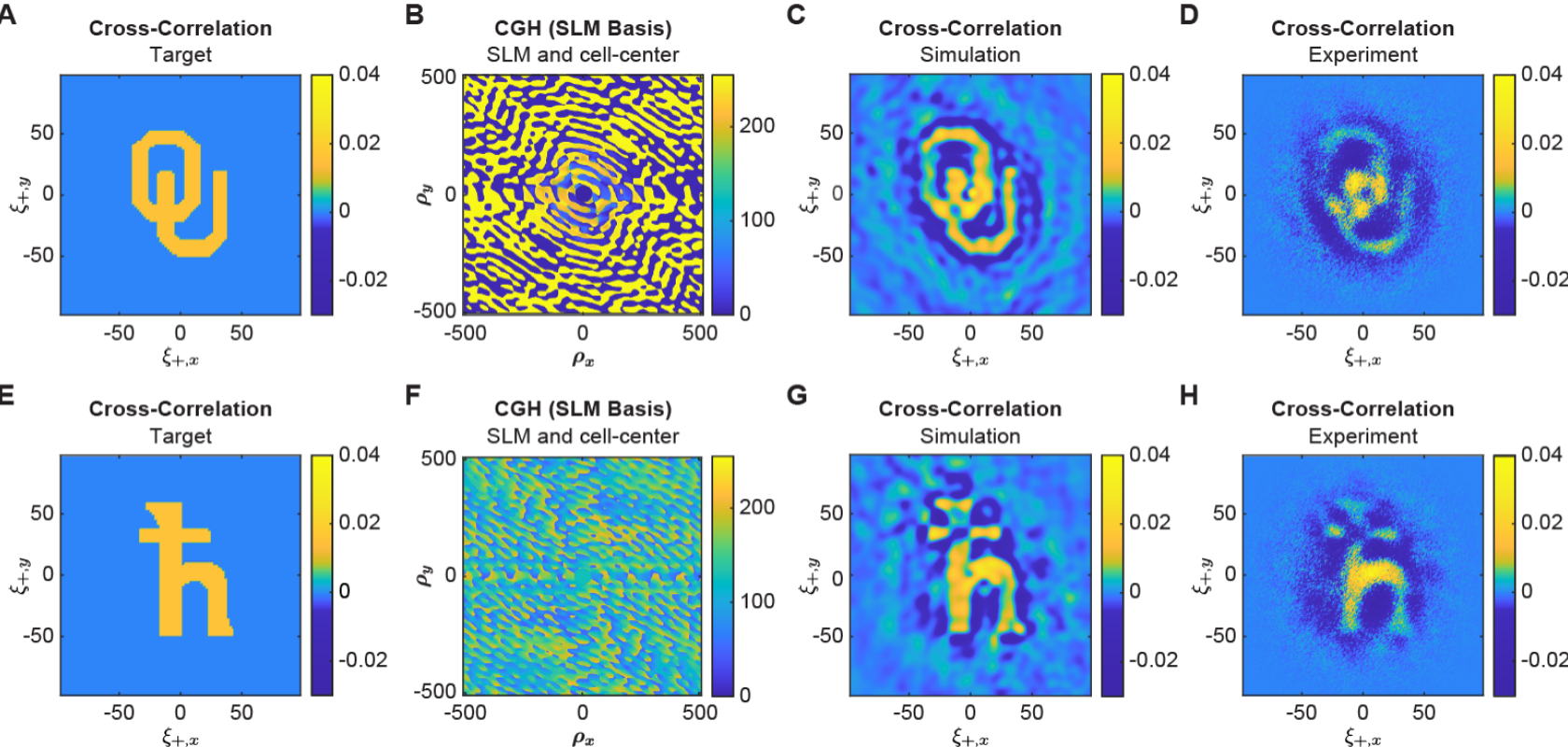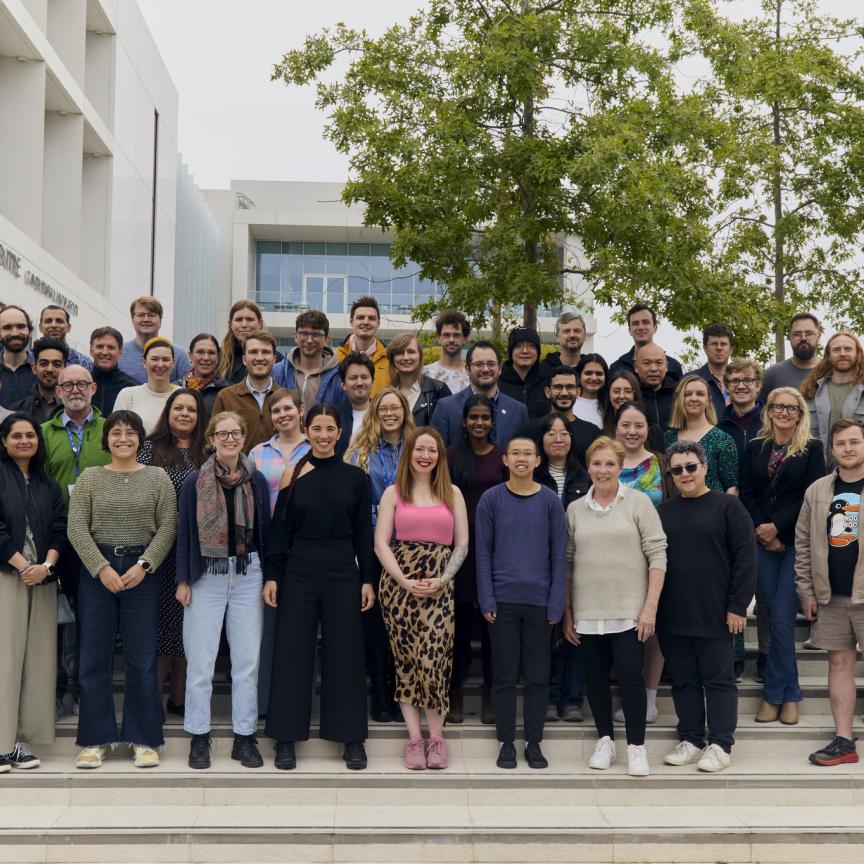Researchers at the University of Oklahoma have shown that spatial correlations in quantum-entangled beams of light can be used to securely encode and transmit information.
Although light can be used to encode information for high-data-rate transmission and long-distance communication, the researchers say, securing large amounts of data in this way is difficult.
However, the team explained in Science Advances that by using quantum-entangled light beams – which are interconnected with correlations stronger than classical light and remain so despite their distance apart – they could get around this problem.
Professor Alberto Marino, who led the research, said: “The idea behind the project is to be able to use the spatial properties of the light to encode large amounts of information, just like how an image contains information...in a way that is compatible with quantum networks for secure information transfer.
"When you consider an image, it can be constructed by combining basic spatial patterns known as modes, and depending on how you combine these modes, you can change the image or encoded information. What we’re doing here that is new and different is that we’re not just using those modes to encode information; we’re using the correlations between them. We’re using the additional information on how those modes are linked to encode the information.”

Experimental setup for encoding information in the distribution of the spatial correlations of twin beams. (Image: University of Oklahoma)
In their experiment, the team encoded information in entangled light beams, which became recognisable images when the beams were combined.
“The advantage of this approach is that you’re not able to recover the encoded information unless you perform joint measurements of the two entangled beams,” Marino said. “This has applications such as secure communication, given that if you were to measure each beam by itself, you would not be able to extract any information. You have to obtain the shared information between both of the beams and combine it in the right way to extract the encoded information.”

Information encoding in the distribution of the spatial correlations of twin beams. (Image: University of Oklahoma)
Gaurav Nirala, who also helped to lead the project, continued: “The experimental result describes how we can transfer spatial patterns from one optical field to two new optical fields generated using a quantum mechanical process called four-wave mixing. The encoded spatial pattern can be retrieved solely by joint measurements of generated fields. One interesting aspect of this experiment is that it offers a novel method of encoding information in light by modifying the correlation between various spatial modes without impacting time-correlations.”
Marino added: “What this could enable, in principle, is the ability to securely encode and transmit a lot of information using the spatial properties of the light, just like how an image contains a lot more information than just turning the light on and off.”


